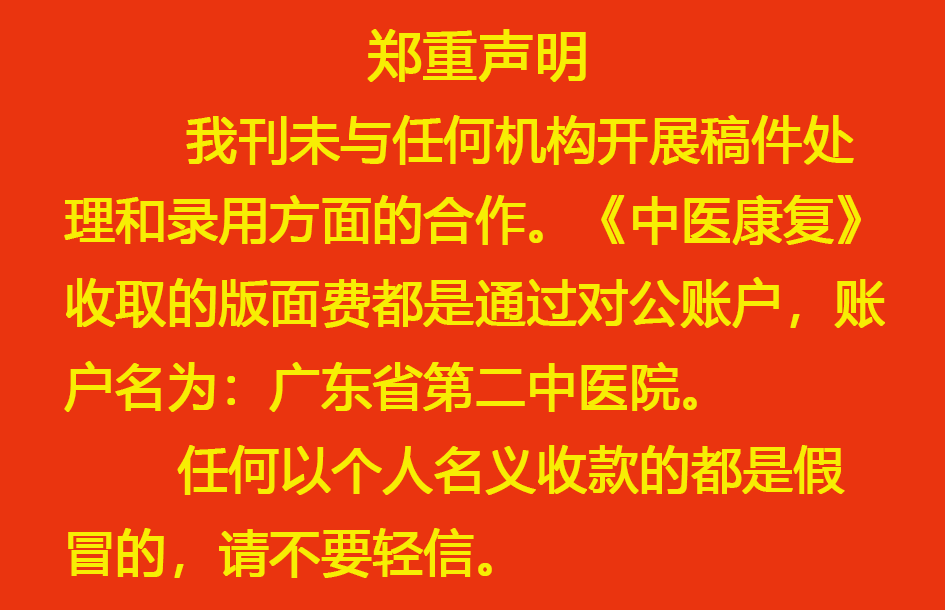| 摘要: |
| 目的:系统评价运动想象疗法对脑卒中后上肢运动功能障碍及日常生活活动能力的疗效 。方法:计算机检索 PubMed、EMBASE、Web of Science、the Cochrane Library、中国知网、万方数据库、CBM、维普等数据库。收集采用运动想象疗 法对脑卒中患者上肢运动功能及日常生活活动能力进行干预的随机对照实验,检索截止时间为2022年 3月,按照纳排标准筛 选文献并提取所需评价指标的数据,采用RevMan 5.3软件进行Meta分析。结果:最终纳入 16项RCT,共 932例患者。Meta分 析结果显示,与对照组相比,试验组 FMA-UE 评分[MD=6.93,95%CI(4.99,8.87),P<0.00001]、ARAT 评分 [MD=6.32,95%CI (1.86,10.78),P=0.005]、MBI评分 [MD=8.44,95%CI(5.94,10.94),P<0.00001]显示运动想象疗法对脑卒中患者上肢运动功能 及日常生活活动能力障碍的疗效更优。亚组分析显示,对病程在 6个月内的脑卒中患者辅以运动想象疗法疗效优于对照组, 但对病程大于 6个月的患者两者疗效则没有明显差异。结论:运动想象疗法能够改善脑卒中患者的上肢运动功能及日常生活 活动能力,且在脑卒中后6个月内介入对上肢运动功能障碍的疗效更好。 |
| 关键词: 运动想象疗法 脑卒中 Meta分析 |
| DOI:10. 19787/j.issn.2097-3128.2024.01.012 |
| 投稿时间:2023-01-20修订日期:2023-02-19 |
| 基金项目:教育部产学合作协同育人项目(编号:202101268001);华北理工大学研究生创新项目(2023S16) |
|
| Meta-analysis ofMotor Imagery Therapy on Upper Limb Motor Dysfunction and ADL after Stroke |
| WANG Rui-yue, HOU Bing, ZHANG Xiao-xue, DOU Na△ |
| (North China University of Science And Technology , Tangshan, Hebei 063210) |
| Abstract: |
| Objective: To systematically evaluate the efficacy of motor imagery therapy (MI) on upper limb motor dysfunction and activities of daily living (ADL) after stroke. Methods: PubMed, EMBASE, Web of Science, the Cochrane Library, CNKI, Wanfang Data, CBM and VIP were searched. Randomized controlled trials (RCT) of MI intervention on upper limb motor function and ADL in stroke patients were collected. The search deadline was March 2022. The literature was screened according to the inclusion and exclusion criteria and the data of the required evaluation indicators were extracted. RevMan 5.3 software was used for Meta analysis. Results: A total of 16 RCTs involving 932 patients were included. The results of Meta- analysis showed that compared with the control group, the FMA-UE score [MD=6.93, 95 % CI (4.99, 8.87), P<0.00001], ARAT score [MD=6.32, 95 % CI ( 1.86, 10.78), P=0.005] and MBI score [MD=8.44,95 % CI (5.94, 10.94), P<0.00001 ] in the experimental group showed that MI had better effect on upper limb motor function and ADL disorder in stroke patients. Subgroup analysis showed that the efficacy of MI in patients with stroke within 6 months was better than that in the control group, but there was no significant difference between the two groups in patients with stroke over 6 months. Conclusion: MI can improve upper limb motor function and ADL in patients with stroke, and the effect of intervention on upper limb mo‐ tor dysfunction is better within 6 months after stroke. |
| Key words: motor imagery therapy stroke meta-analysis |
